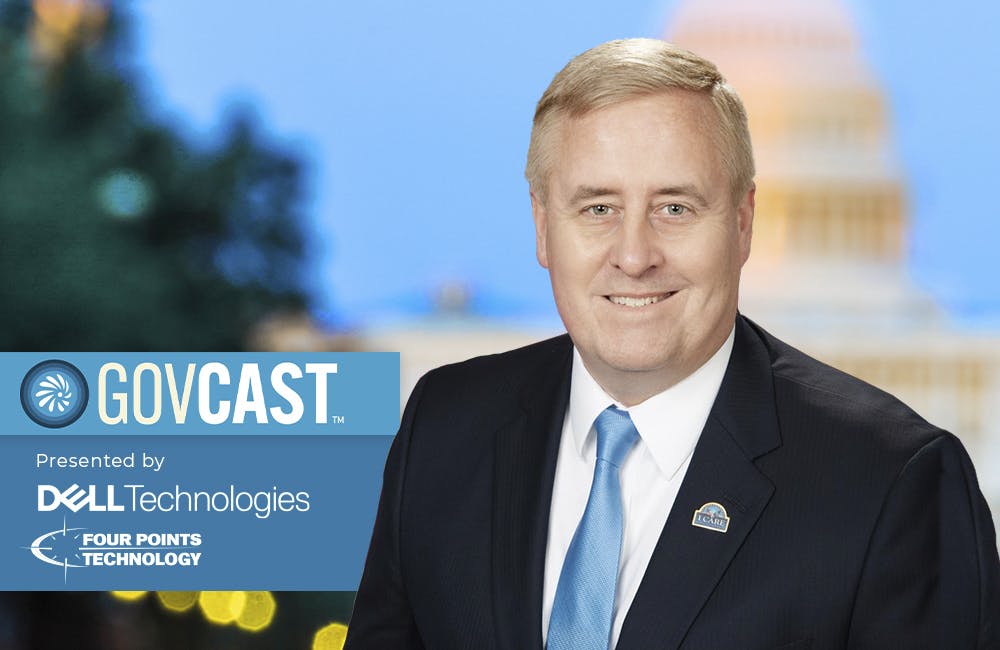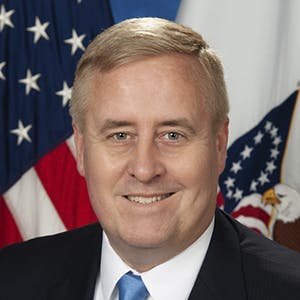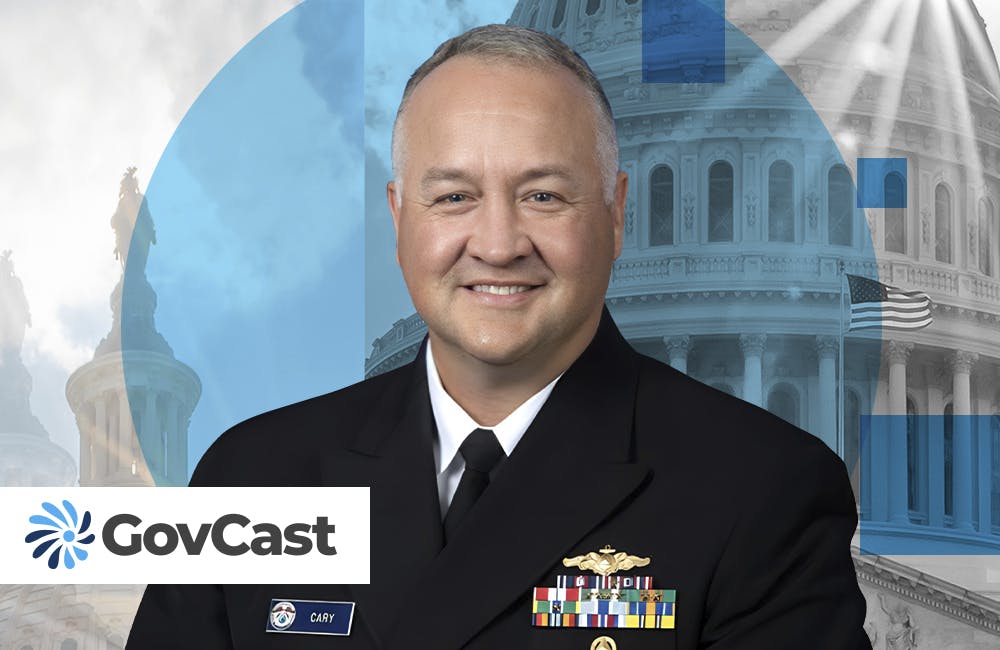VA CIO Talks Activating the ‘Fourth Mission’

The Department of Veterans Affairs activated its “Fourth Mission” in response to the national emergency brought on by the COVID-19 pandemic. The department mobilized to support health care systems around the country and continued to support its veterans through increased technological capabilities including telehealth.
VA CIO Jim Gfrerer discusses how the agency quickly pivoted its information and technology operations to respond to the crisis and how he sees recent advancements continuing to make impacts.
The Department of Veterans Affairs earlier in the pandemic prepared an agency-wide plan to reorganize the Veterans Health Administration to best care for COVID-19 patients and contain the spread of the new virus. Its four phases involved training, a reorganization of VHA care facilities, rallying resources like telehealth to support remote capabilities and fostering a continuity of operations. The agency also implemented a rigorous demand for collection and dissemination of health information across the agency, both to direct its current actions as well as inform subsequent activity in the case of future epidemics.
Gfrerer stresses the importance the agency places on both information and technology, emphasizing that it supports not only the infrastructure to enable remote and digital experiences to patients (like chatbots or self-serve capabilities on va.gov), but also delivering information as a service (like its National COVID-19 Report Summary biosurveillance tool).
This episode of GovCast is sponsored by Dell Technologies and Four Points Technology.
-
 James Gfrerer CIO Veterans Affairs
James Gfrerer CIO Veterans Affairs
-

DOD Turns to Skills-Based Hiring to Build Next-Gen Cyber Workforce
Mark Gorak discusses DOD’s efforts to build a diverse cyber workforce, including skills-based hiring and partnerships with over 480 schools.
20m listen -

New NSF Program Cultivates the Future of NextG Networks
The agency’s new VINES program looks to tackle key challenges like energy efficiency and future-proofing wireless tech.
21m watch -

Inside Oak Ridge National Lab’s Pioneer Approach to AI
Energy Department’s Oak Ridge National Lab transforms AI vulnerabilities into strategic opportunities for national defense.
22m listen -

AI Enables Coast Guard’s Workforce to Transform Operations
The Coast Guard’s Deputy CIO Brian Campo delves into the ways AI is pushing the service to rethink its core services, workforce and operations.
14m watch -

DOL Turns to Workforce Development to Maintain AI Superiority
DOL is bridging the AI skills gap through partnerships and upskilling to ensure future AI workforce readiness.
10m watch -

AWS Summit: A DOE National Lab Uses GenAI to Boost Efficiency
Lawrence Livermore National Lab launches a new generative AI tool to drive operational efficiency at the National Ignition Facility.
9m listen -

AWS Summit: Idaho National Lab’s AI Applications in Nuclear Technology
The lab is using AI and concepts like digital twins to enhance nuclear research and embed the technology in operations.
23m listen -

VA Plans Future EHR Deployment on Facility Relationships
VA’s EHR program is expected to restart in 2026 and will plan deployment based on pre-existing relationships between facilities to drive interoperability.
21m watch -

Human-AI Collaboration is Key to Secure Government Systems
Former CIA security chief emphasizes training and international standards for effective AI implementation.
23m watch -

How Integrated Analytics Can Break Federal Data Silos
The Coleridge Initiative is leading the charge to modernize government data management, breaking down bureaucratic barriers by providing secure data access, advanced analytics and cross-agency collaboration tools.
11m watch -

DISA Harnesses AI to Fortify Cyber Resilience
Brig. Gen. Michael Cornell details how automated alerts and responses enhance network stability and user experience.
11m watch -

NOAA Secures the Seas with AI and Autonomy
Rear Adm. Chad Cary says his agency integrates emerging technology and systems to enhance marine domain awareness.
10m watch



















